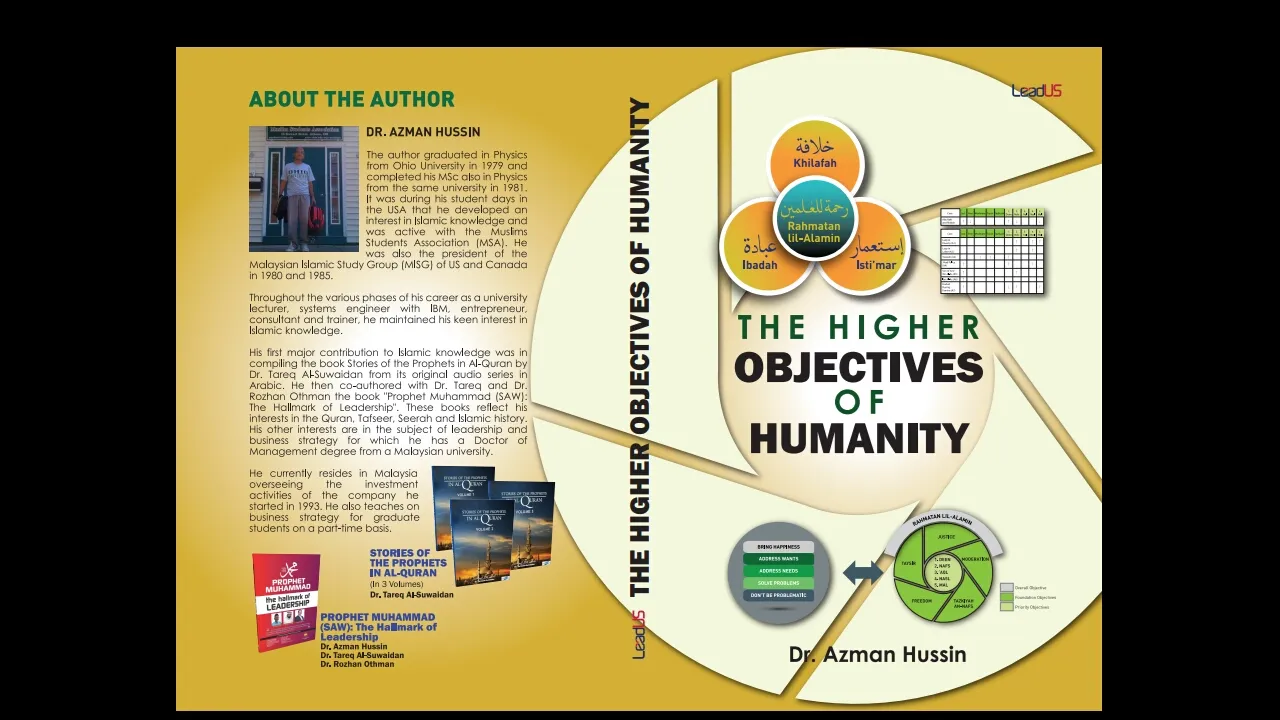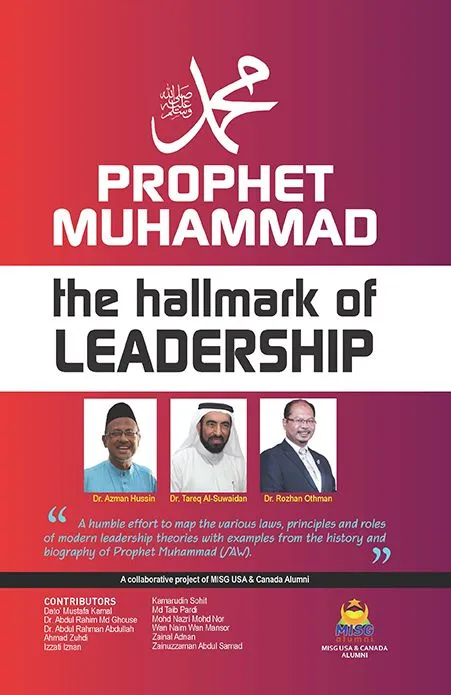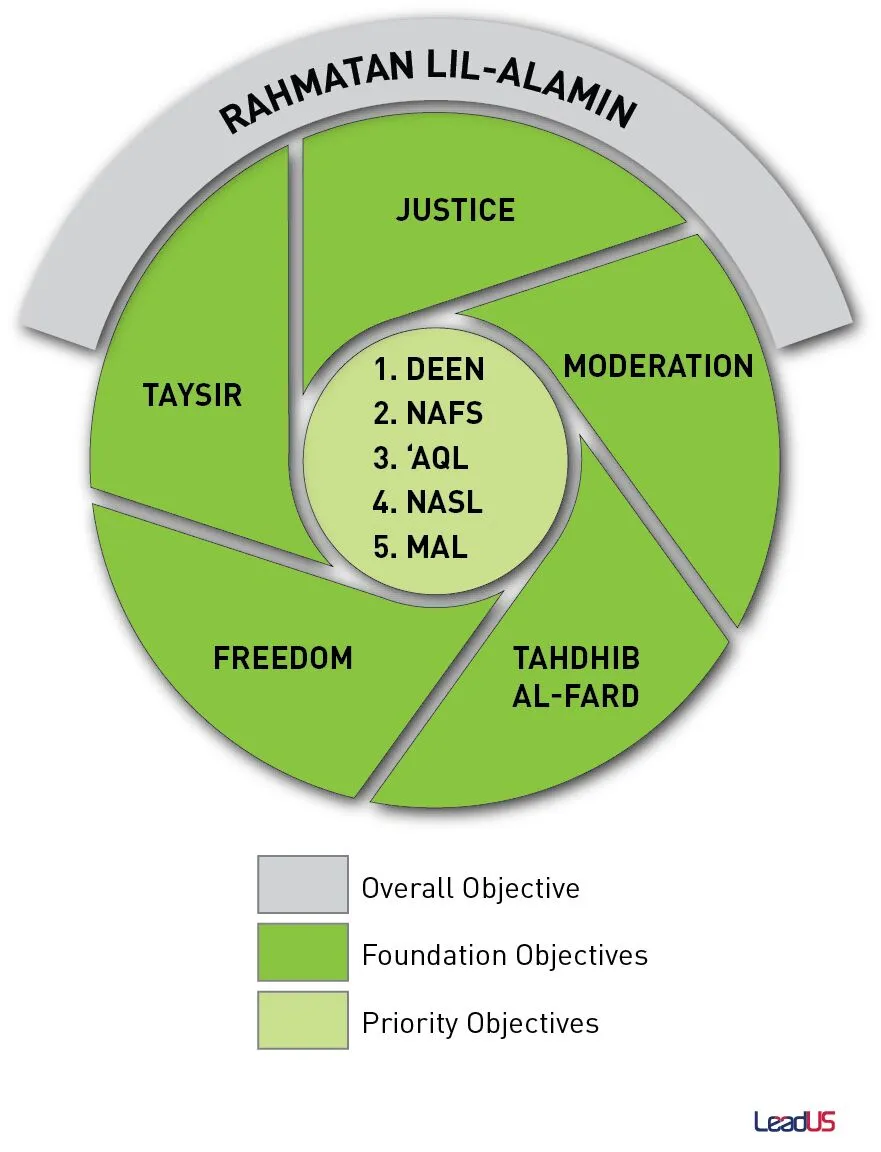We are planning a sequel to our recent books on "Prophet Muhammad (SAW): The Hallmark of Leadership" and "The Higher Objectives of Humanity". From the feedback we got from the first edition and also our own reviews, we decided to make the next book more practical for those interested in applying the leadership lessons from Prophet Muhammad (SAW).
We will also simplify what we have learned from modern leadership theories and present it in a basic “why, what and how” model. We believe this will help to provide a simple guideline on how the reader can practice and apply the leadership lessons we present. We observe that many books and articles on leadership discuss in detail about selected techniques of leadership (the “how” of leadership) like coaching, mentoring, listening and showing empathy. But what makes a leader stand out? Why does someone wants to follow a leader? We think it is more about the values, principles and beliefs that a leader stands for. We classify this simply as the “why” of leadership. But people follow a leader also because they want to achieve something together like completing a project, winning an election or sports championship, or other tangible goals. It is related to a common or shared vision. We call this simply as the “what” of leadership.
Thus the “why” relate to values, principles and beliefs of a leader. The “what” relates to the vision of a leader. The “how” describes how a leader leads effectively for which our focus will be on the major proven techniques of great leaders. It is the “how” to achieve the “what” that must be consistent with the “why”.
Many leadership books talk about values being the foundation of leadership. Values drive the leader’s commitment to a cause and the followers’ commitment to the leader and the cause. Leaders must know their own values and beliefs to truly understand what motivates their followers. Leaders must work to help their groups develop values and ensure that the work they are doing aligns with those values. Leadership is a relationship, and clarity of values helps strengthen that relationship.
When analyzing the leadership of Prophet Muhammad (SAW), we found out that the major value that he always upheld was being merciful. This is consistent with the main objective for which he was sent as the last and final prophet and messenger.
وَمَا أَرْسَلْنَاكَ إِلَّا رَحْمَةً لِلْعَالَمِينَ
And We have not sent you but as a mercy to the worlds. [21:107]
We discussed the "why", "what" and "how" of Rahmatan lil-Alamin (RLA) in our book on "The Higher Objectives of Humanity". We proposed a visual framework on how to apply RLA and tested it with some case studies taken from the caliphate of Abu Bakar (RA) and Umar (RA), the first two leaders to succeed Prophet Muhammad (SAW). The book also contains many examples of Rahmah from Prophet Muhammad (SAW) himself.
In the coming postings we will provide other examples of the Prophet and his companions exemplifying the value and principle of Rahmah. Leadership is founded on values. Rahmah is the fundamental value in Islam. Thus for we Muslims to make a difference in the way they lead, we must understand and apply Rahmah.
Azman Hussin, LeadUS


